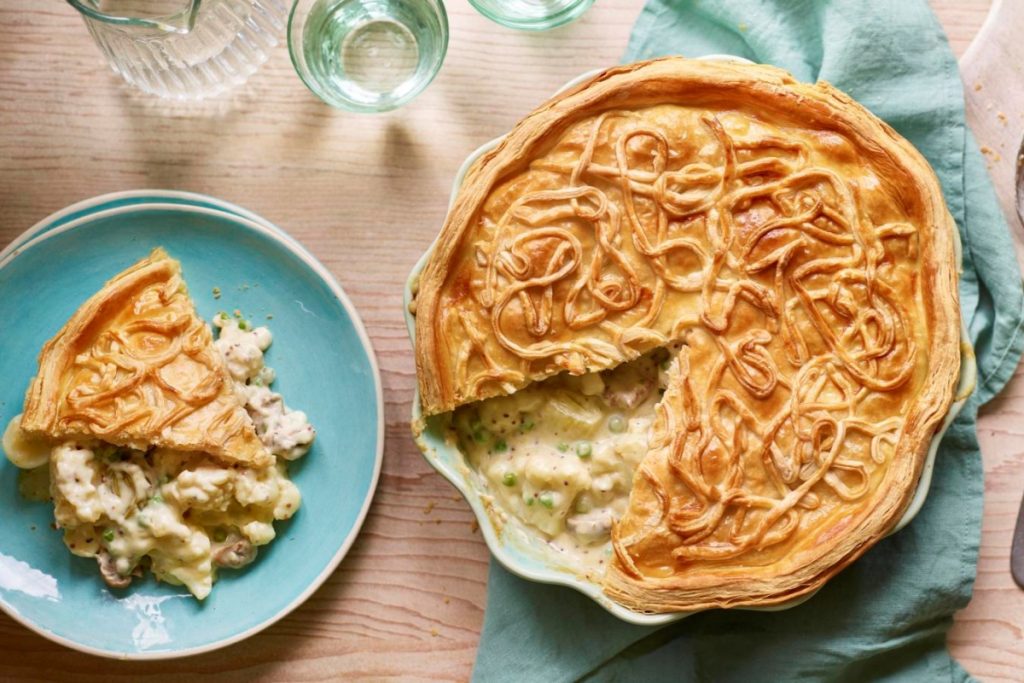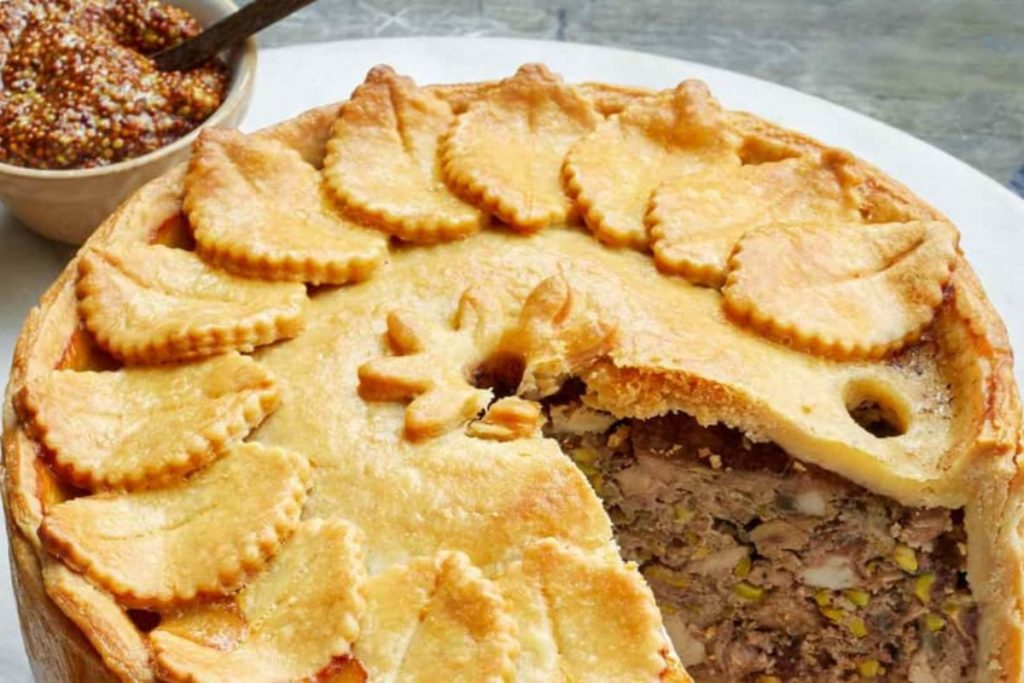Historically, umble pie was made from the offal of deer or other game animals, particularly during hunting season. The term “umble” refers to the innards and other less-favored parts of the animal. In its early iterations, umble pie was a dish for the lower classes, who were often left with the less desirable cuts of meat. Over time, however, it evolved into a dish enjoyed by all social classes, particularly as ingredients became more accessible. The pie typically features a rich filling of meat, herbs, and spices, encased in a flaky pastry that enhances its overall appeal.
One of the most intriguing aspects of umble pie is its connection to the expression “to eat humble pie,” which signifies a willingness to acknowledge one’s mistakes or shortcomings.

This phrase is thought to have originated from the humble origins of the dish, as those who consumed it were often reminded of their social status. Today, the phrase serves as a reminder of humility and the importance of recognizing our flaws.
To make your own umble pie, consider using a variety of meats, including beef, lamb, or even game meats like venison. While traditional recipes call for offal, modern interpretations often incorporate a mix of meats to create a more balanced flavor profile. Begin by sautéing your chosen meats with onions, garlic, and a blend of herbs such as thyme and rosemary. Adding vegetables like carrots and mushrooms can enhance the filling and provide additional texture.

Once your filling is prepared, allow it to cool before placing it in a pastry shell. You can use store-bought or homemade pastry, depending on your skill level and time constraints. A well-made pastry will provide a delightful contrast to the rich filling, making each bite enjoyable. Bake your pie until the crust is golden brown and the filling is bubbling, creating a delicious dish that pays homage to its historical roots.
Umble pie can be served as a comforting main course or as part of a larger feast. Pair it with seasonal vegetables or a fresh salad to balance the richness of the pie. Additionally, consider serving it with a side of gravy or a tangy chutney to enhance the flavors and provide a delightful contrast. The versatility of umble pie allows it to be adapted to various tastes and preferences, making it a perfect dish for gatherings or family dinners.

In recent years, there has been a resurgence of interest in traditional cooking methods and recipes. Home cooks are increasingly seeking out dishes that celebrate history and culture, and umble pie fits this trend perfectly. By making this dish, you not only connect with culinary history but also embrace the philosophy of using every part of an animal, reducing waste, and appreciating the flavors that come from less conventional cuts.
Embracing umble pie in your culinary repertoire not only connects you to a rich historical tradition but also encourages creativity in the kitchen. By experimenting with different meats and flavor combinations, you can create a dish that is uniquely yours while honoring the past. This pie serves as a delicious reminder of the importance of resourcefulness in cooking, transforming humble ingredients into a satisfying and flavorful meal. Whether you are a seasoned chef or a novice cook, umble pie offers an exciting opportunity to explore the depths of flavor and history within your kitchen.




